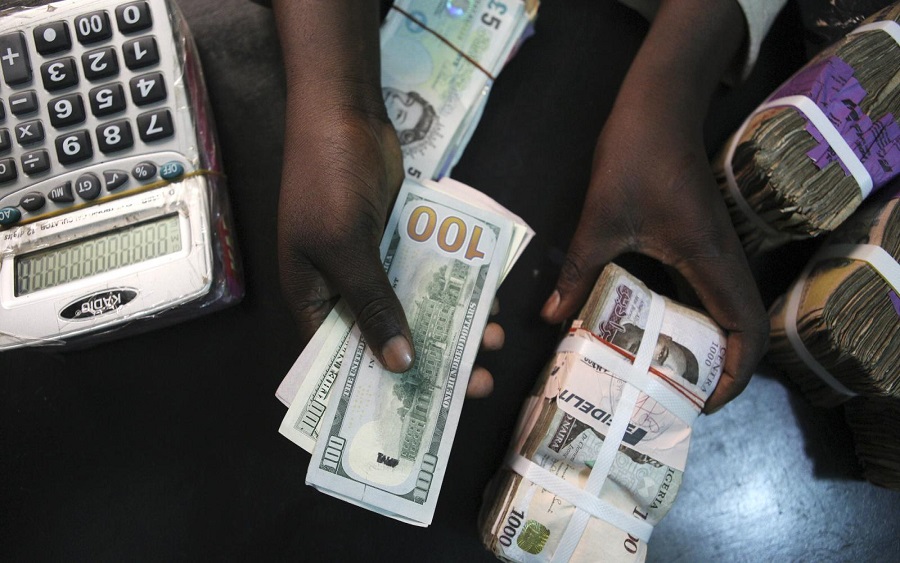The world’s flagship crypto asset has already posted weekly losses of more than 8% on the FTX exchange as it dropped below the pivotal round-number level, trading around $29,600 this morning.
Chartists are reducing Bitcoin holding because of a popular chart pattern called descending triangle, which has formed on the Bitcoin chart, popular among investors, clearly showing that the demand for Bitcoin is weakening.
The pioneer crypto crash, meanwhile, sparked instant pain for many digital assets with Ethereum breaking below $1,800 losing nearly 13% for the week as it struggles to stay above $1,800 support, highlighting a fragile crypto market still at the mercy of institutional inflows.
READ: Should you buy Bitcoin and Ethereum after losing half their value?
In addition, some market analysts blame the crash below 30k on the greyscale Bitcoin trust who recently unlocked 16,000 Bitcoins, which is adding more sell pressure to a market that is struggling to ramp up demands.
At the crypto derivatives market, at about 3.35 am West African time, 82,291 traders were liquidated for the day as the largest single liquidation order happened on Bybit-BTC value $4.52 million.
The soaring dollar is also weighing hard on the crypto market as the safe-haven currency rallied high with global investors growing nervous about a raging COVID-19 variant that could threaten the outlook for a global economic recovery.
The U.S dollar surged past its three-month peak against a basket of six major currencies as benchmark. United States10-year Treasury yields dropped to more than its five-month low of 1.176%, suggesting that investors are becoming very nervy.
READ: Trading and other ways to earn a living with cryptocurrency
That being said, a significant number of long-term investors are holding on to the crypto asset for the long term, with data collated from Glassnode showing the flagship crypto asset aged 6m-12m suggesting bull market buyers now hold 9% of Bitcoin supply.
This age band has started to notably swell beginning from early Q2, indicating that a large proportion of buyers from November to December 2020 have not spent their coins.












.gif)






